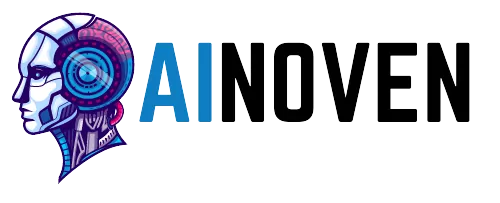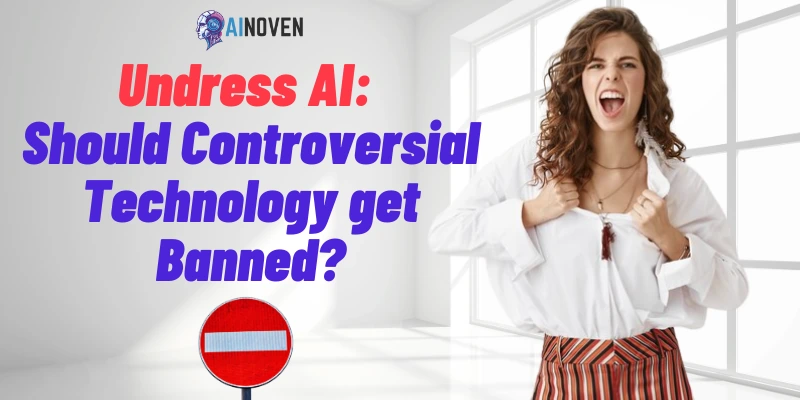The emergence of Undress AI technology has sparked a significant ethical and privacy debate across the globe. This technology, which uses artificial intelligence to digitally remove clothing from images without consent, raises profound concerns about personal privacy, consent, and the potential for misuse. Here, we delve into the controversies surrounding Undress AI technology, its implications, and the broader ethical considerations it prompts.

On the one hand, Undress AI technology has the potential to be misused in a number of ways. For example, it could be used to create deepfakes of people, which could be used to damage their reputation or to spread misinformation. Additionally, the technology could be used to undress people without their consent, which is a clear violation of privacy.
On the other hand, Undress AI technology also has the potential to be used for good. For example, it could be used to help law enforcement identify criminals or to help doctors diagnose medical conditions. Additionally, the technology could be used to create more realistic and immersive video games and movies.
Ultimately, the decision of whether or not to ban or regulate Undress AI technology is a complex one. There are valid arguments on both sides of the issue, and it is important to weigh all of the potential risks and benefits before making a decision.
Some of the potential benefits of Undress AI technology include:

- It could be used to create more realistic and immersive experiences in video games and other forms of entertainment. For example, imagine a video game where players can create their own custom characters and then see them come to life in a fully realized virtual world. Undress AI technology could be used to create realistic clothing and body physics for these characters, making the experience more immersive and enjoyable for players.
- It could be used to help law enforcement identify suspects in child sexual abuse cases. Child sexual abuse is a horrific crime, and any technology that can help bring perpetrators to justice is valuable. Undress AI technology could be used to analyze images and videos of child sexual abuse to identify suspects, even if they are wearing disguises. This could help to solve more cases and protect more children.
- It could be used to create more realistic and accurate medical simulations for training purposes. Medical professionals need to be able to practice their skills in a safe and controlled environment. Undress AI technology could be used to create realistic simulations of medical procedures, such as surgery or childbirth. This could help medical professionals to improve their skills and provide better care to their patients.
However, there are also a number of potential risks associated with Undress AI technology, such as:

- It could be used to create deepfakes, which are realistic-looking but fake videos or images that could be used to damage someone's reputation or spread misinformation. Deepfakes are already being used to create fake news stories and to impersonate real people. Undress AI technology could make it even easier to create deepfakes, which could have a serious impact on society.
- It could be used to create non-consensual pornography, which could be used to harass or blackmail individuals. Non-consensual pornography is already a major problem, and Undress AI technology could make it even easier to create and distribute. This could have a devastating impact on the victims of this type of abuse.
- It could be used to invade someone's privacy, for example by removing their clothing from photos or videos without their consent. This is a clear violation of privacy, and it could have a serious impact on the victims of this type of abuse.
Ethical and Privacy Concerns
Undress AI technology's primary ethical dilemma lies in its ability to create compromising and false imagery by digitally undressing someone without their consent. This capability not only invades personal privacy but also violates the fundamental right of individuals to control the dissemination of intimate images. The potential for misuse is vast, ranging from revenge pornography and cyberbullying to the creation of convincing deepfake videos that could defame individuals or spread false information.
Legal and Societal Responses

The legal response to Undress AI technology varies significantly across jurisdictions. Some countries have taken steps to ban or restrict its use, recognizing the potential harm it can cause. However, the global nature of the internet and the ease of digital content sharing pose challenges to enforcing such regulations effectively. This inconsistency in legal frameworks highlights the need for a more unified global approach to address the challenges posed by such technologies.
Public Opinion and Technological Progress
Public opinion on Undress AI technology is mixed. While there is widespread concern about its potential for abuse, some argue that outright prohibition may hinder technological progress and innovation. This dichotomy underscores the complexity of balancing ethical considerations with the desire for technological advancement.
Safeguarding Privacy
To mitigate the risks associated with Undress AI tools, individuals can take several steps to protect their privacy. Using a VPN to encrypt internet connections and hide IP addresses is recommended when using such tools. It's also crucial to be aware of the legal consequences of using technologies without consent, which can include charges related to privacy invasion or cyberbullying.
The Future of Digital Ethics
The controversy surrounding Undress AI technology serves as a critical reminder of the ethical implications of rapid technological advancements. As AI continues to evolve, it is imperative to foster a dialogue that prioritizes privacy, consent, and ethical use of technology. The future of digital ethics in our increasingly technology-driven world may well hinge on our ability to navigate these complex issues thoughtfully and responsibly. In conclusion, while Undress AI technology represents a remarkable feat of artificial intelligence, it also poses significant ethical and privacy challenges.
The debate over its use and regulation underscores the need for a balanced approach that respects individual rights while fostering innovation. As we move forward, it will be crucial to continue examining the implications of such technologies and to develop frameworks that ensure their responsible use.
Conclusion
It is clear that Undress AI technology is a powerful tool with the potential to be used for both good and evil. It is important to have a thoughtful and nuanced discussion about the ethics of this technology before making any decisions about its future. We need to weigh the potential benefits and risks carefully, and we need to consider the impact of this technology on society as a whole. Only then can we make informed decisions about how to use this technology responsibly.
I hope this article has been helpful. Please let me know if you have any other questions.









